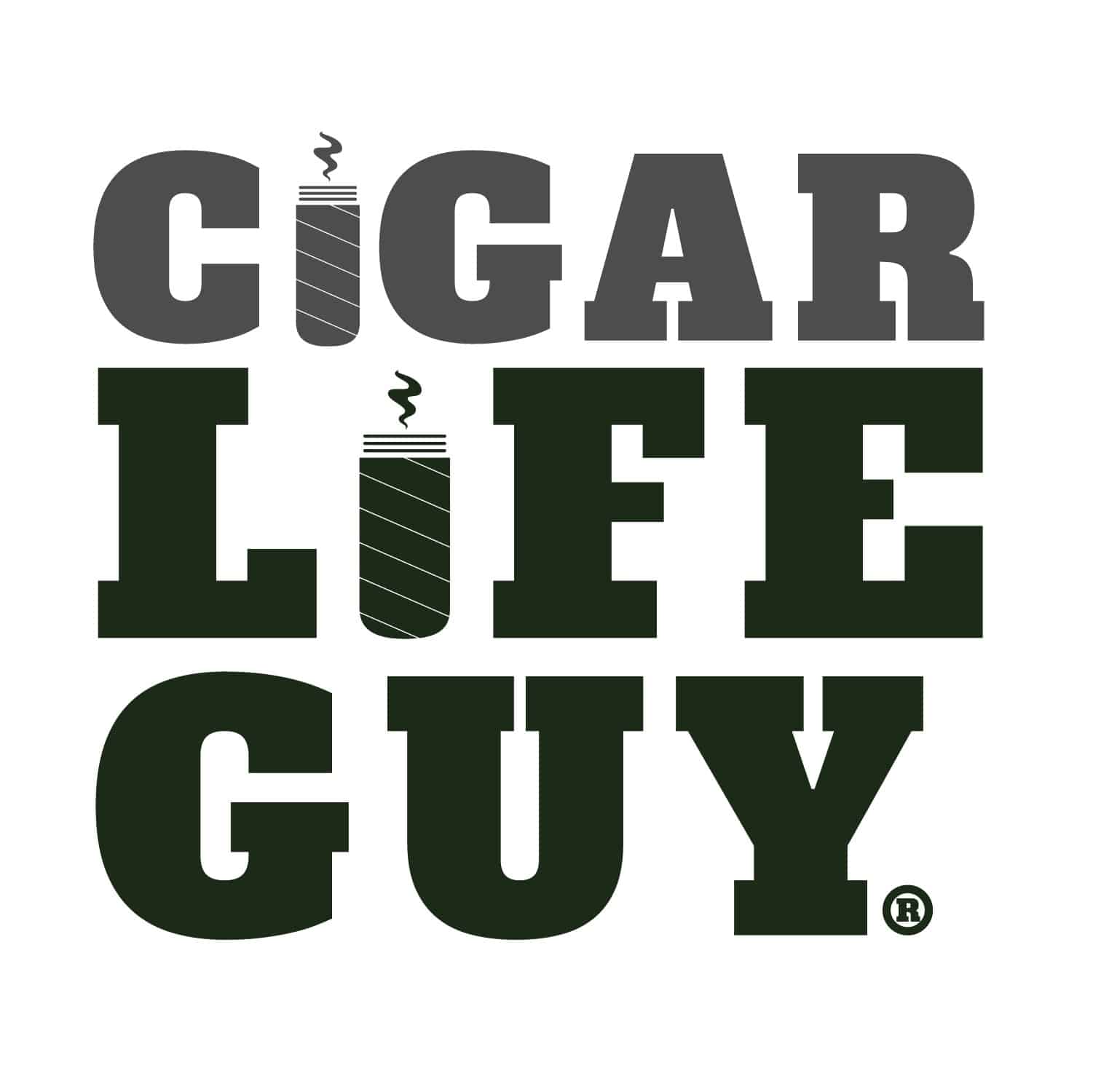Is Your Cigar Event Host Hotel a Good Deal?

One common feature of larger, multi-day cigar events is promotion of hotel properties, often called “host hotels,” where attendees are encouraged to stay. Host hotels run the gamut as far as pricing is concerned. There’s also a broad range of how well integrated and coordinated host hotels are into the other aspects of the cigar […]
Figurado Cigars: Here’s What You Need to Know
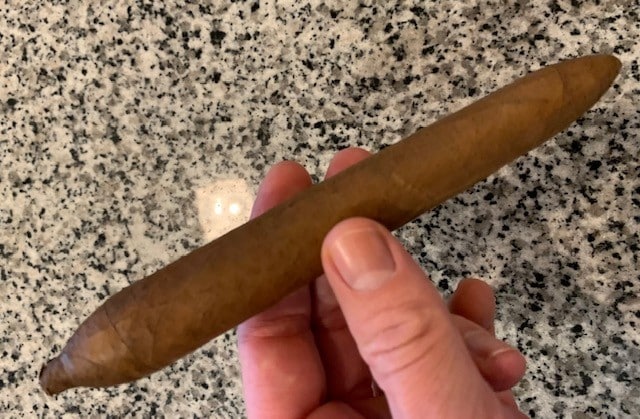
What’s the difference in the physical look of cigars when comparing one with another? The question is more common than you might think. To the novice, all cigars look the same. They are long, cylindrical, and rounded at one end, and flat at the other. This most common and simplest cigar construction is called a […]
Quality Cigars Take Time: The Cigar Supply Chain

COVID-19 slammed the supply chain, and the cigar industry was no exception. Life is getting back to normal. Cigar Life Guy and most of you are back at cigar events, but the supply chain continues to lag. Many cigar smokers are still wondering where their favorite cigars are. The delay is all for good reasons […]
Sun Grown Cigars: Here’s What You Need to Know

Even those new to cigar life immediately recognize the difference between Maduro and naturals. Maduros are dark, and naturals are light. Simple enough. But looks can deceive. There is an even wider variety of exterior wrappers that give premium cigars their distinct taste and body, including Sun Grown. The Components of a Premium Cigar The make-up […]
Infused Cigars: A Do It Yourself Guide
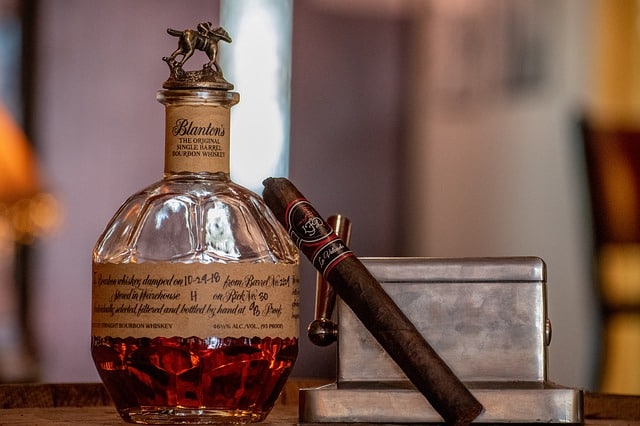
Drew Estate introduced the Acid line 25 years ago. Since then, spirit-infused cigars like the Maker’s Mark Bourbon have become a staple in most cigar establishments. The debate over infused cigars persists. Are they “real” cigars? Whether you think so, infused cigars have carved their niche in the industry. Infused cigars are not for everyone. […]
Cigar Lounge Etiquette for the Frequent Traveler
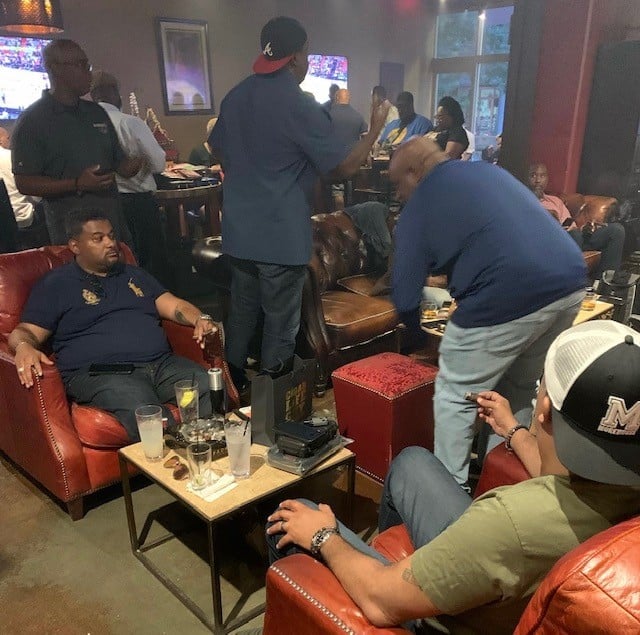
Whether traveling for business or pleasure, you’re never far from home or a premium cigar, if you can find a good cigar lounge. Practicing good cigar lounge etiquette is essential, regardless of where your travels lead you. Here are some tips to consider when taking cigar life on the road. How to Choose a Cigar […]
Life Insurance for Cigar Smokers: Your Top 10 Questions

Cigar Life Guy® is celebrating its third anniversary and over the last three years we’ve helped a ton of regular cigar smokers get life insurance at non-tobacco rates, often a 70% savings vs. smoker rates! Over the last few years, we’ve also gotten tons of questions. Here are some of the most frequent questions (and […]
How Cheap Cigars Helped Paul Volcker Beat Inflation
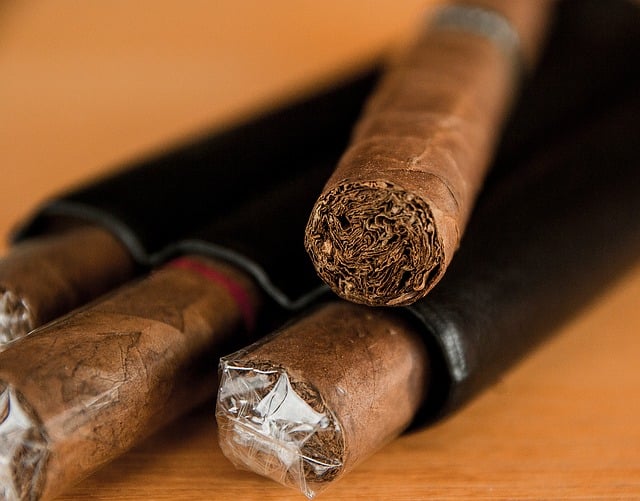
With a swirl of smoke floating around him, Paul Volcker was no stranger to the cigar lifestyle. Although he limited his smoking in public, he didn’t shy away from lighting up during congressional meetings. He tucked his long brown stick into his pocket, between his fingers, or in the corner of his mouth. You’d be […]
Smoke Odor Eliminators: 4 Ways to Fight the Smell
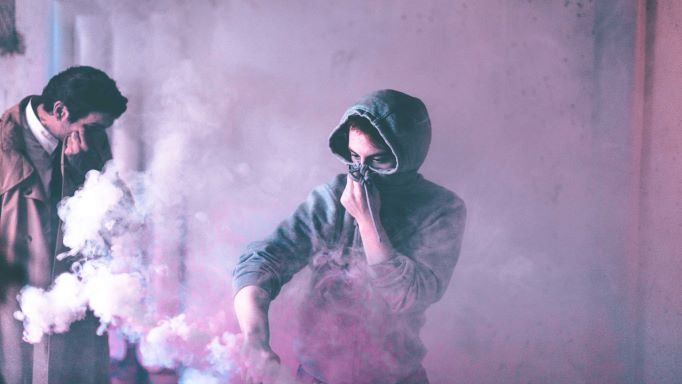
A cigar aficionado loves the aroma of a fine cigar, but the smell clings to clothes and furniture. The good news is there are easy ways to fight the effects of a fine cigar with smoke odor eliminators. Whether you’re celebrating a wedding, graduation, retirement party, or simply sitting down to relieve stress, a good […]
Culebra Cigars: A Unique, Twisted Smoke You Can Share

Culebra cigars are the most curious-looking cigars in the industry. The uninitiated may not even know that they’re looking at a cigar let alone how to go about smoking one. Appearance aside, it’s a pretty straightforward process even if the history is ambiguous. Cigar or Tree Branch? Enjoying a good premium smoke is fairly simple. […]
